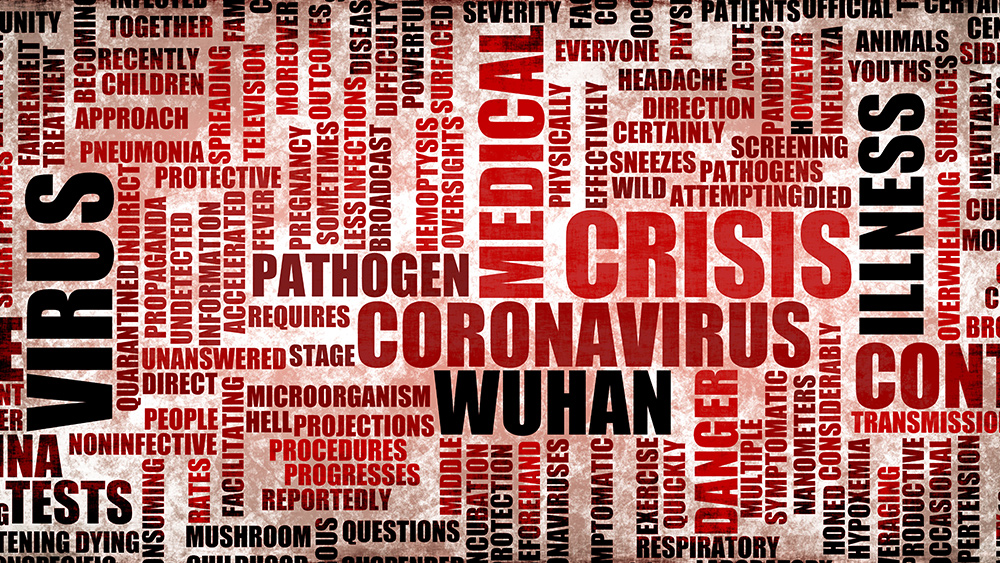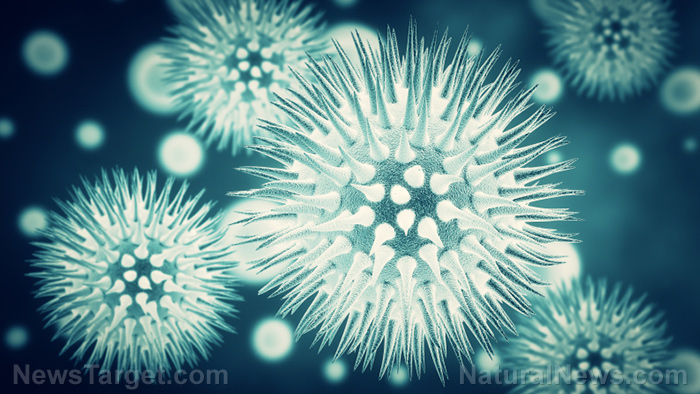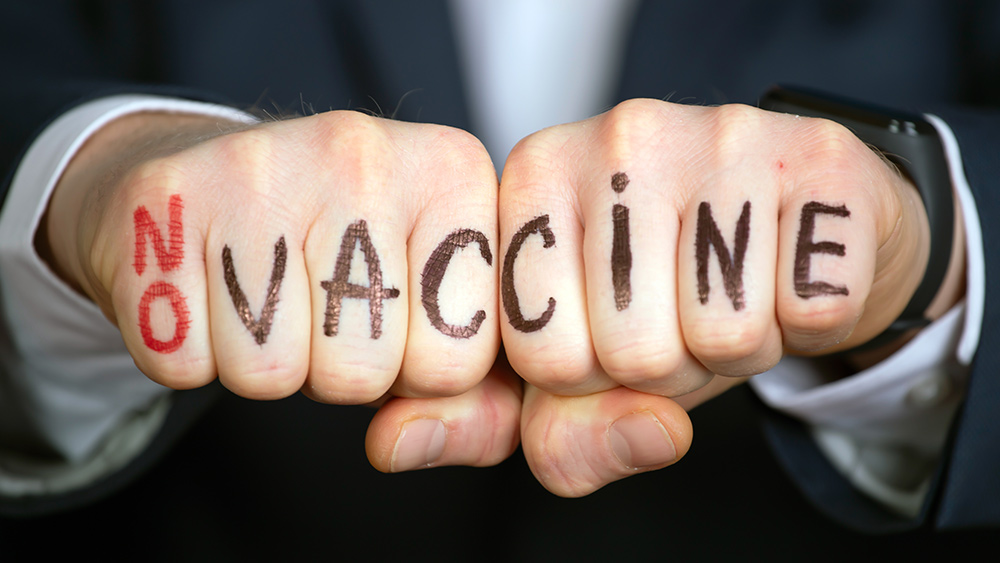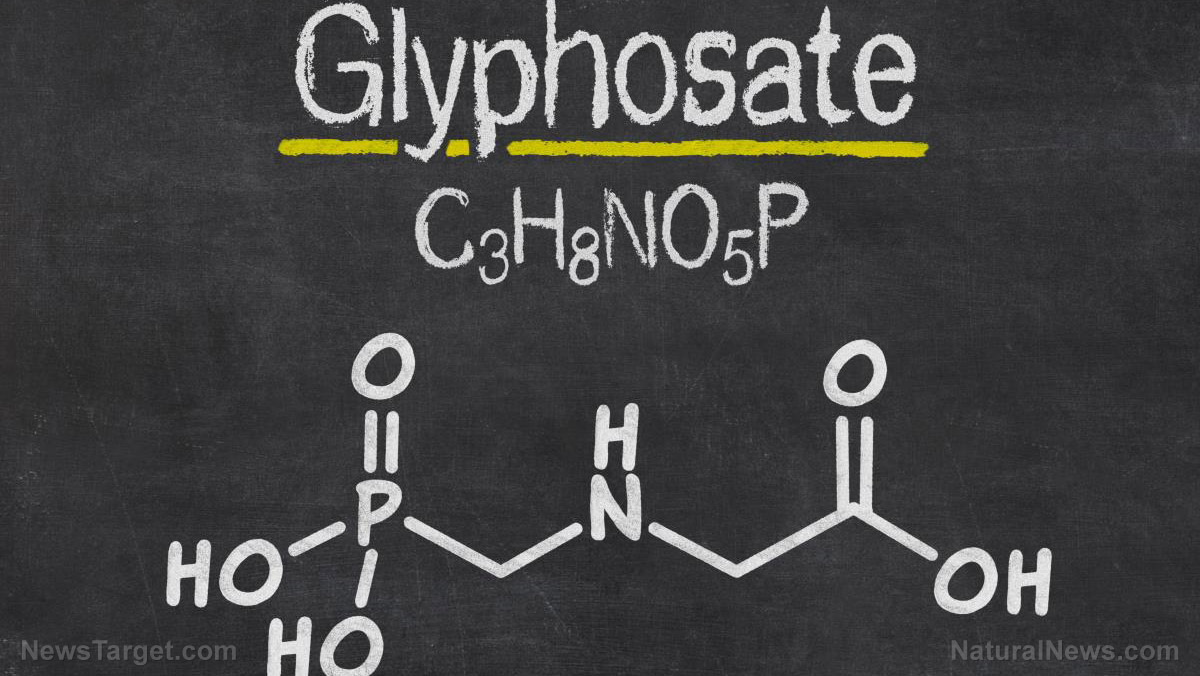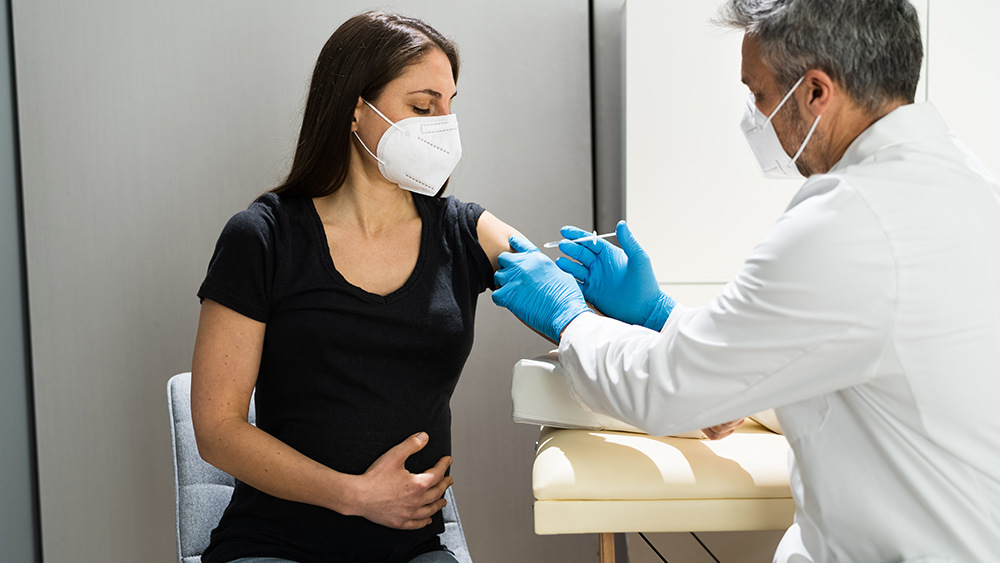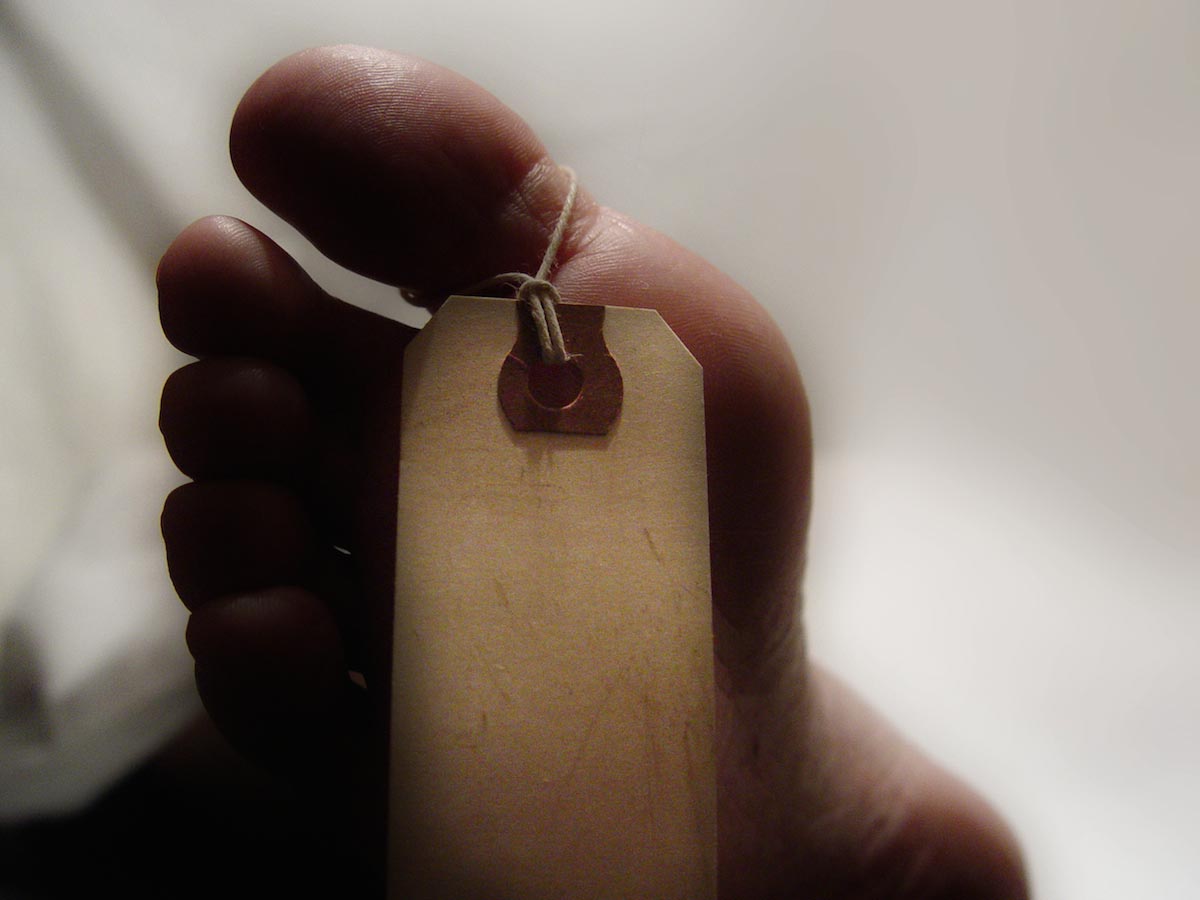Toxic chemicals in Kentucky tap water part of broader problem; 200 million Americans at risk
11/10/2020 / By Cassie B.

Many people assume their tap water is tested regularly by authorities to ensure it’s safe, but recent studies show that drinking this water is taking a gamble with your health. An analysis of utility tests carried out by the Environmental Working Group (EWG) found toxic PFAS chemicals in the drinking water of 800,000 Kentucky residents from 2012 and 2017 in concentrations that were five times higher than those considered safe by scientists from the EWG.
Utilities in areas such as Mount Washington, Lebanon Junction and Louisville contained PFOA at levels of five parts per trillion; EWG scientists consider 1 PPT the maximum level that is safe for human health.
PFAS chemicals are most commonly associated with nonstick cookware such as Teflon, but they are also found in common household products, food packaging and firefighting foam. These chemicals are so prevalent that they can be found in the bloodstream of 99 percent of all Americans and they can remain in the water for thousands of years, earning them the name “forever chemicals.”
According to the Agency for Toxic Substances and Disease Registry, these chemicals are associated with a slew of health problems, including stunted growth in infants, immune system problems and a higher risk of cancer.
One big source of PFAS contamination in these utilities is the Chemours Washington Works Plant on the Ohio River, which was operated by Teflon manufacturer DuPont for decades.
Meanwhile, a separate study carried out by University of Kentucky researchers found that the drinking water in Martin County regularly exceeded the maximum contamination levels for cancer-causing disinfection byproducts and coliform bacteria set by the Environmental Protection Agency (EPA). The researchers sampled drinking water from 97 homes in the county, which is situated in Eastern Kentucky, and measured it for contaminants. A total of 47 percent of the samples tested had at least one contaminant in levels greater than EPA guidelines.

They also issued a survey in which nearly all residents identified problems with their drinking water such as taste, pressure, appearance and odor issues. Just 12 percent said that they drink their tap water.
These disinfection byproducts have been linked to a higher incidence of negative health effects such as developmental birth defects and bladder cancer. Meanwhile, coliform bacteria were found in 13 percent of the drinking water samples, which indicates the potential presence of harmful bacteria in the water.
More than 200 million Americans could be drinking toxic water
The Bluegrass State clearly has a problem with its drinking water, but the rest of the country doesn’t fare much better. A peer-reviewed study from EWG scientists estimated that more than 200 million people in the U.S. have toxic PFAS chemicals in their drinking water at concentrations of 1 ppt or higher.
The study, which was published in the Environmental Science & Technology Letters journal, looked at drinking water test results from the EPA and U.S. Geological Survey, along with state tests from Kentucky, New Jersey, New Hampshire, Michigan, Rhode Island, Colorado and North Carolina.
The analysis also looked at lab tests of the water in several major American cities. Some of the highest levels of PFAS were detected in Philadelphia, New Orleans, Miami and the NYC suburbs in northern New Jersey.
EWG Vice President for Science Investigations and study co-author Dr. Olga Naidenko said: “This new paper shows that PFAS pollution is affecting even more Americans than we previously estimated. PFAS are likely detectable in all major water supplies in the U.S., almost certainly in all that use surface water.”
There is no federal standard when it comes to PFAS limits, although some states have set or proposed their own limits for PFOS or PFOA. Concerned citizens can check out the EWG Tap Water Database to find out what contaminants have been found in their local water. However, the safest course of action is to avoid tap water entirely and use filters to reduce the levels of contaminants in the water.
Sources for this article include:
Submit a correction >>
Tagged Under:
clean water, drinking water, environment, EPA, Kentucky, PFAS, tap water, toxic chemicals, toxins, Water contamination
This article may contain statements that reflect the opinion of the author




